Table of Content
Mumbai’s real estate market is witnessing a surge in redevelopment activity, even as overall housing sales show signs of moderation. In just the past six months, top developers have announced Mumbai redevelopment projects with a combined value exceeding ₹18,000 crore. From South Mumbai’s heritage societies to large cooperative housing projects in the suburbs, redevelopment has become the new frontier for growth.
So, why are developers making bold redevelopment bets now, even when data shows home sales and new launches are slowing down? Let’s break it down.
A Strategic Push for Redevelopment
While new land parcels in Mumbai are nearly exhausted, demand for modern housing continues to remain strong, especially in well-connected localities. In such a scenario, redevelopment offers a viable way to unlock value from aging buildings while meeting the needs of today’s homebuyers.
Developers are actively building a pipeline of Mumbai redevelopment projects to future-proof their sales volumes over the next 3–5 years. This marks a shift toward consolidation and long-term inventory planning, particularly by listed real estate players who have posted strong numbers in the last three years.
Also Read: First-Floor Chawl Residents May Get Rehab Benefits: Maharashtra Govt’s Big Move
Recent Redevelopment Announcements in Mumbai
Several big-ticket redevelopment deals have been made public in recent months:
- Rustomjee Group announced three major redevelopment projects in Mumbai with a combined Gross Development Value (GDV) of over ₹7,700 crore.
- Arkade Developers has unveiled eight projects across the city, mainly in the western suburbs, with a projected GDV of over ₹5,000 crore.
- Puravankara Limited, based in Bengaluru, has entered the Mumbai market with redevelopment plans for eight societies in Chembur, valued at ₹2,100 crore.
- Mahindra Lifespace is working on three projects with a total GDV of over ₹3,000 crore.
- K Raheja Homes secured rights to redevelop the Palmera Cooperative Housing Society (also known as Pleasant Palace) in Malabar Hill. The project spans over 6,000 sq. m and could offer about 3 lakh sq. ft of built-up space.
- Prestige Group is also exploring more Mumbai redevelopment projects, having already launched luxury towers in Marine Lines and Worli.
- Sunteck Realty is working on a ₹1,100 crore residential project in Andheri, with 2.75 lakh sq. ft of saleable space.
What’s Driving the Rush?
For developers, the equation is simple: land is scarce, demand is steady, and older buildings offer redevelopment potential. Instead of chasing limited land parcels, builders are choosing to engage with housing societies for long-term, scalable development.
Arpit Jain, Director at Arkade Developers, noted that their focus is on acquiring sizable society plots in areas like Goregaon, Malad, Santacruz, Dahisar, and Andheri. He believes these locations present a great opportunity for well-planned, high-quality redevelopment projects.
Manan Shah, Managing Director of MICL Group, echoed similar views. According to him, redevelopment in Mumbai isn’t just about creating housing—it's about modernizing the city’s skyline. In the suburbs, larger land banks and organised societies make scale possible. In South Mumbai, the focus is more nuanced: heritage restoration and luxury experiences.
Meeting New-Age Buyer Expectations
One major reason Mumbai redevelopment projects are gaining traction is that today’s homebuyers are no longer satisfied with outdated buildings lacking basic amenities. From parking to security systems and wellness spaces, the checklist has evolved significantly.
Many of Mumbai’s older societies, especially those in prime areas, lack modern conveniences. Redevelopment allows developers to deliver upgraded homes with contemporary designs, better layouts, and smart facilities. At the same time, society members benefit from increased property values and better living standards.
It’s a win-win: buyers get lifestyle improvements, and developers unlock valuable FSI (floor space index) and higher margins.
But Why Now When Sales Are Cooling?
Interestingly, this redevelopment wave is happening even as Mumbai’s housing sales and new launches have dipped.
According to data from PropEquity:
- Mumbai recorded a 34% drop in sales year-on-year in Q2 2025 (from 12,114 units in Q2 2024 to 8,006 units).
- New launches plummeted by 61%, from 12,610 units to just 4,949 during the same period.
So, why are developers bullish?
Ritesh Mehta, Senior Director at JLL India, explains that the current momentum reflects a strategic pause and realignment. Developers are consolidating gains from the last three years of high sales and ensuring they have ample supply to meet demand over the next 12–18 months.
Rather than launching more greenfield projects in an uncertain environment, they are preparing for a long-term playbook with secure locations, clear titles, and community buy-in.
Also Read: Sattva Group to Develop 30-Acre Mixed-Use Project in Vizag with ₹1,500 Crore Investment
What This Means for Mumbai’s Real Estate Future
The current crop of Mumbai redevelopment projects is more than just a short-term trend; it signals a deeper structural shift. As the city’s land constraints become more pronounced, redevelopment is no longer just an option; it’s the default route for growth.
Whether it’s upgrading infrastructure in the suburbs or restoring iconic buildings in South Mumbai, the redevelopment model is reshaping how and where Mumbai grows. It ensures more efficient use of urban space while preserving the city’s cultural and architectural legacy.
Moreover, redevelopment projects are typically RERA-compliant, better financed, and subject to stricter timelines, giving homebuyers added confidence.
Conclusion
Despite short-term signs of softening housing sales, Mumbai redevelopment projects worth ₹18,000 crore point to a long-term bullish outlook among developers. This new wave of society redevelopments promises to redefine urban living, from the city’s core to its fringes.
For buyers, it’s an opportunity to own a modern home in a prime location. For developers, it’s a strategic move that ensures stability and growth in a challenging real estate landscape. And for the city itself, it could mark the beginning of a more organised, vertical, and resilient future.
Follow AquireAcers Whatsapp Channel to Stay Updated With The Latest Real Estate News

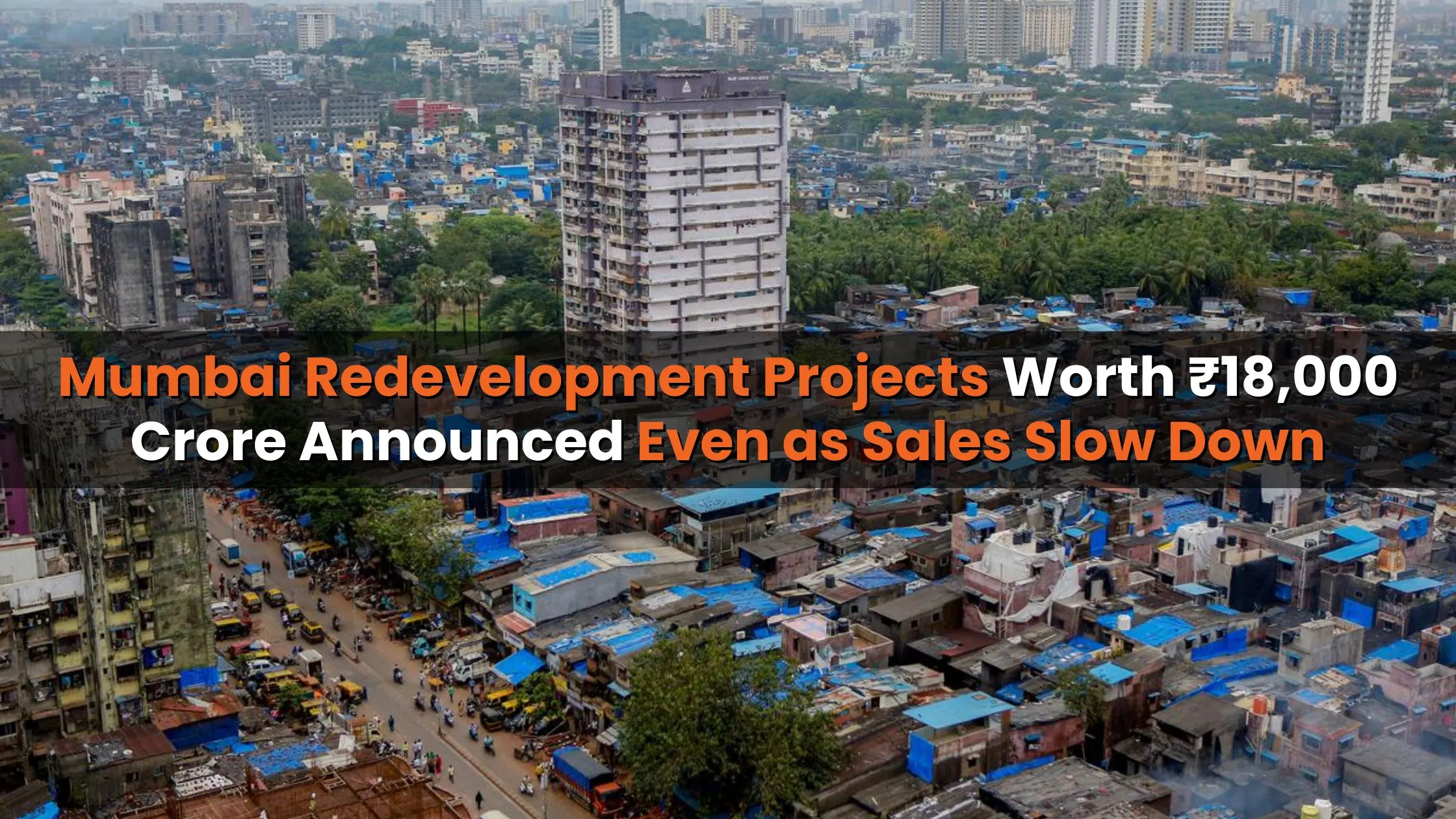
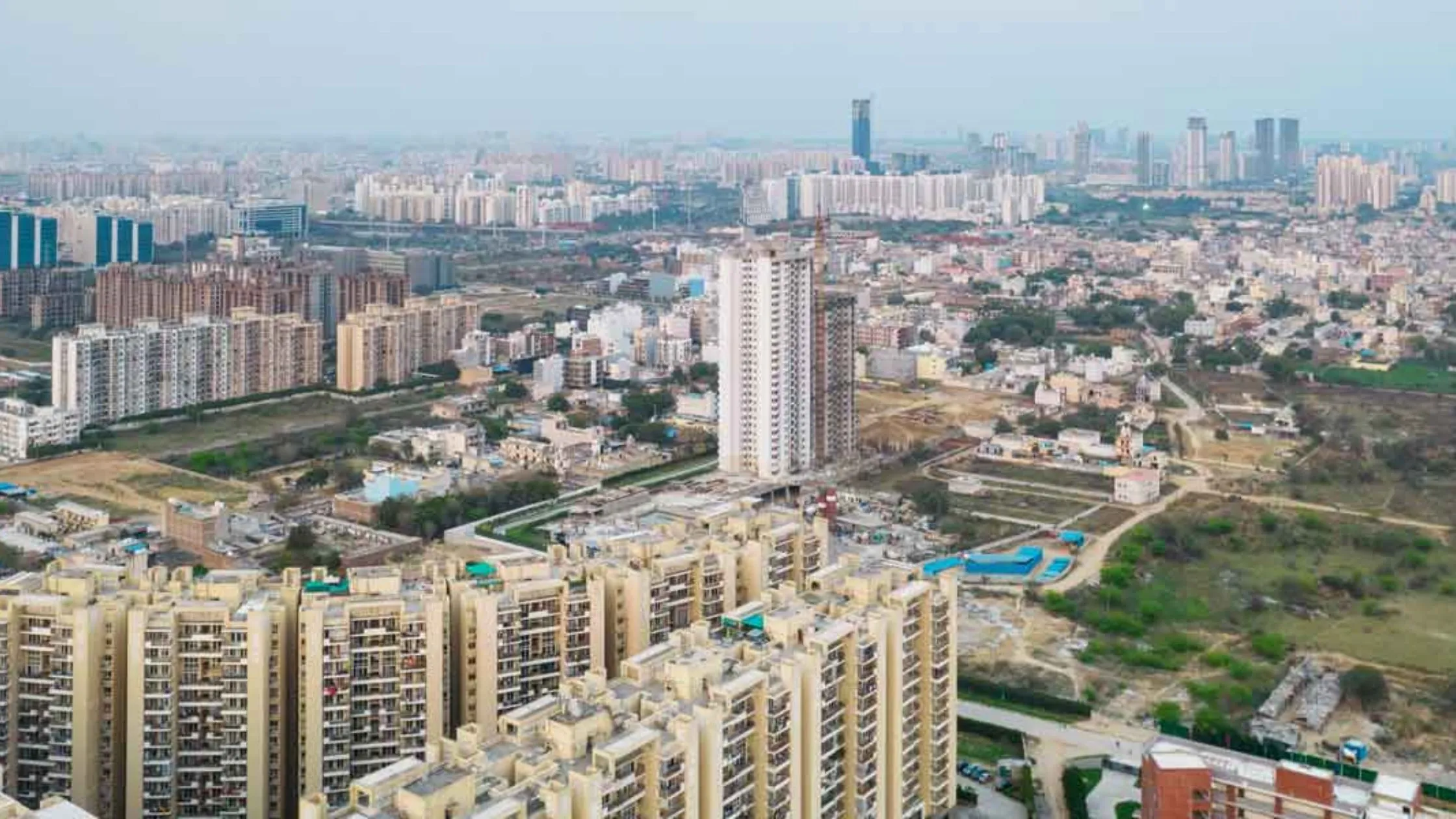
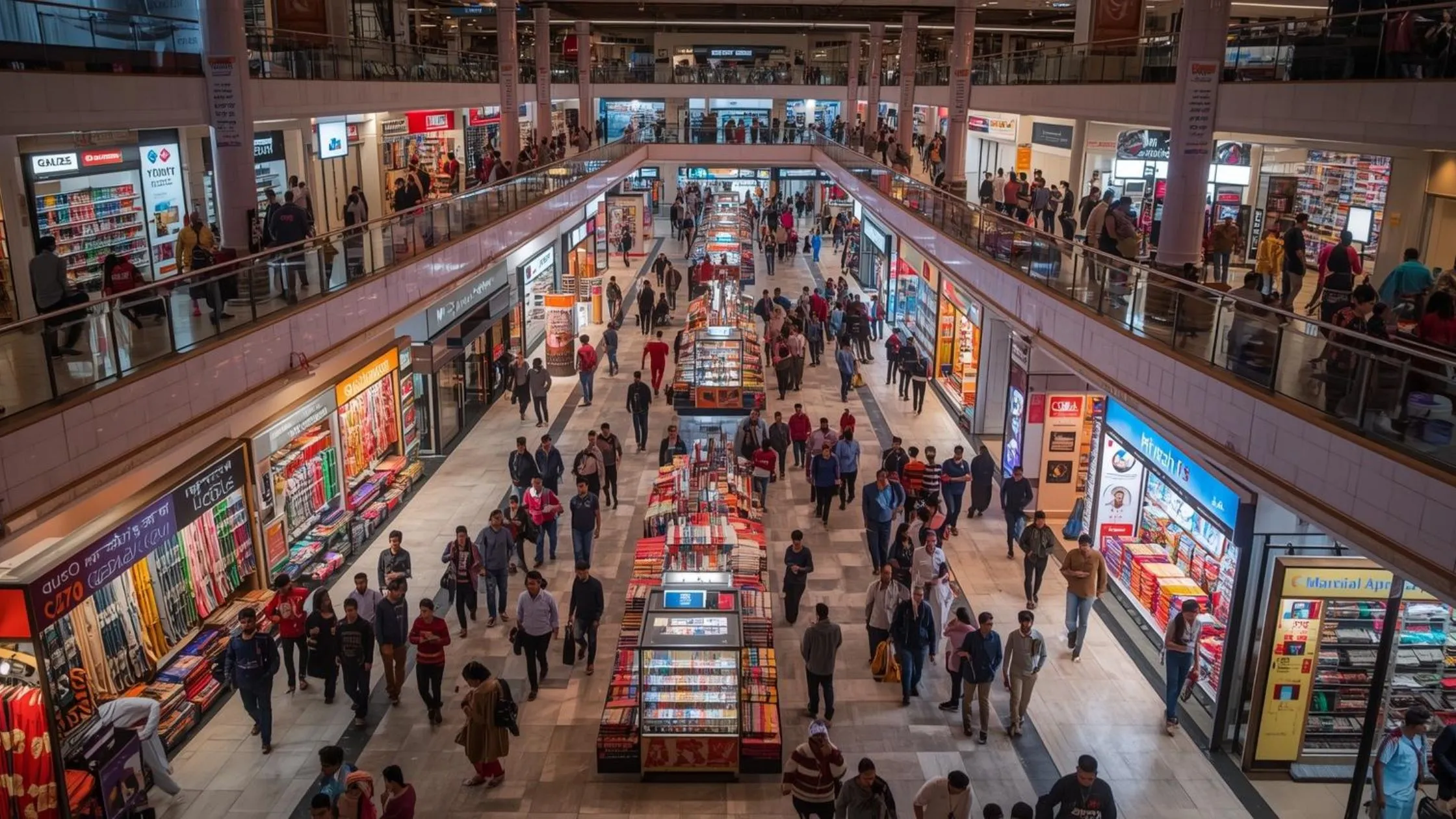
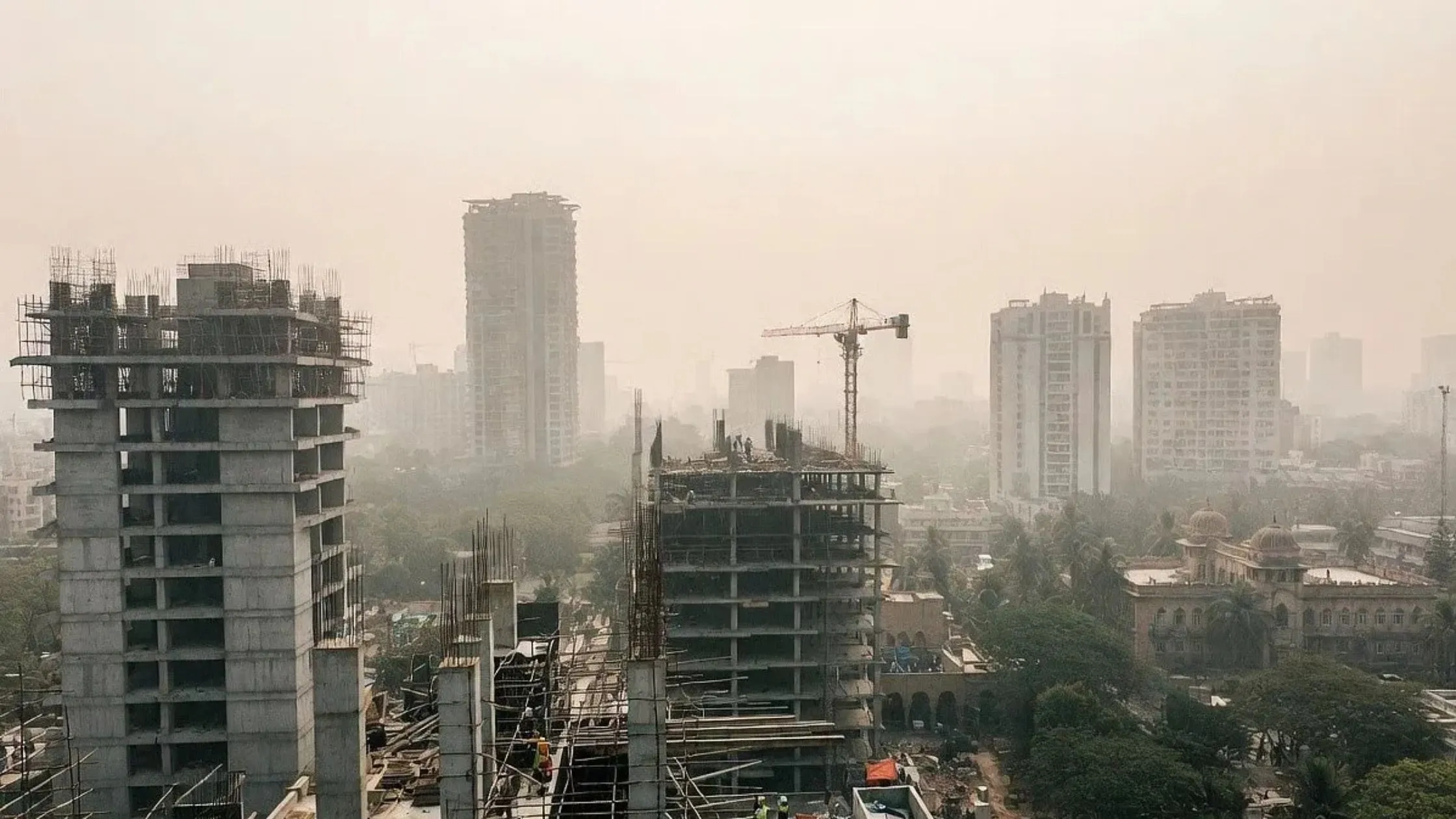
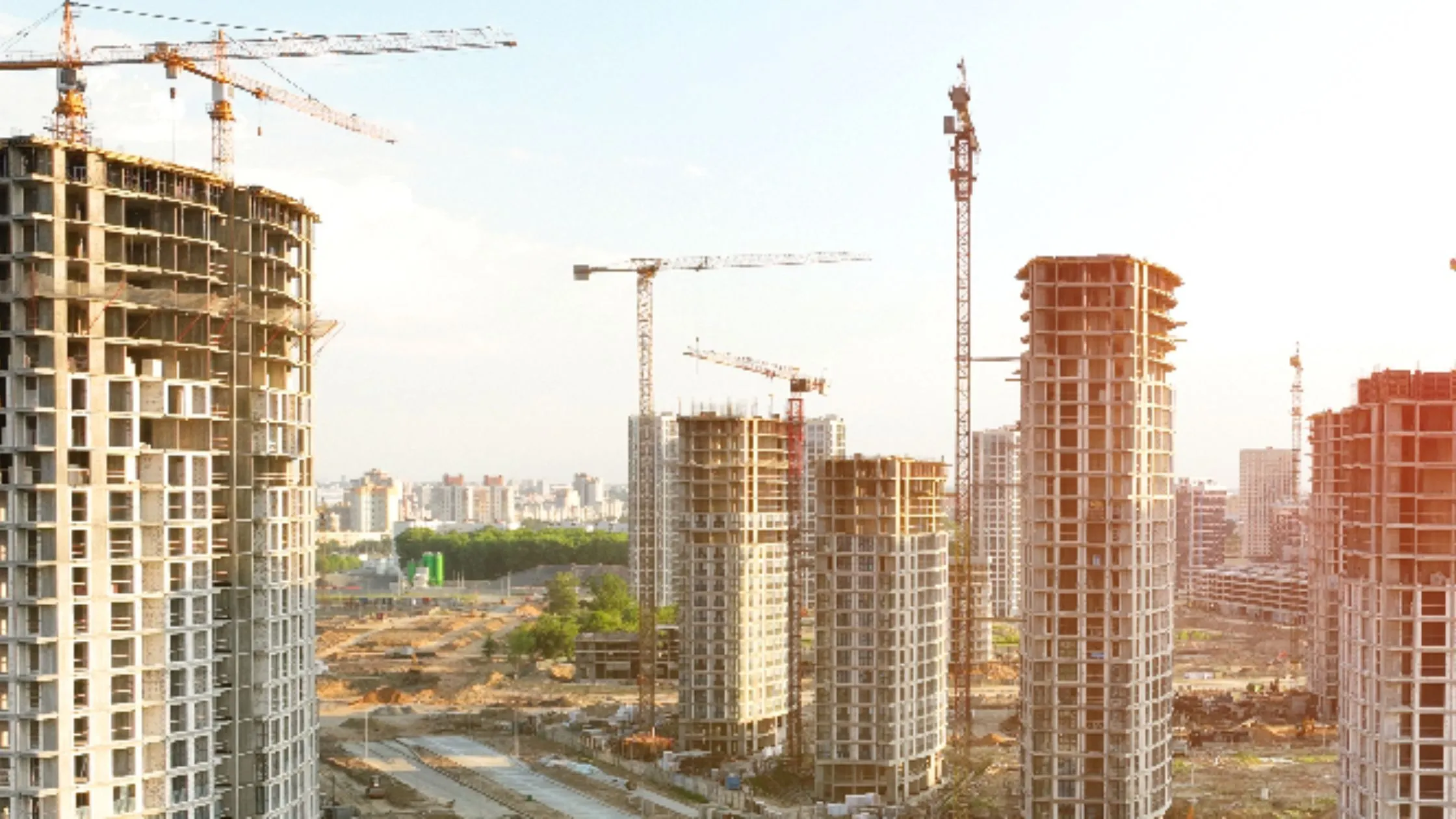

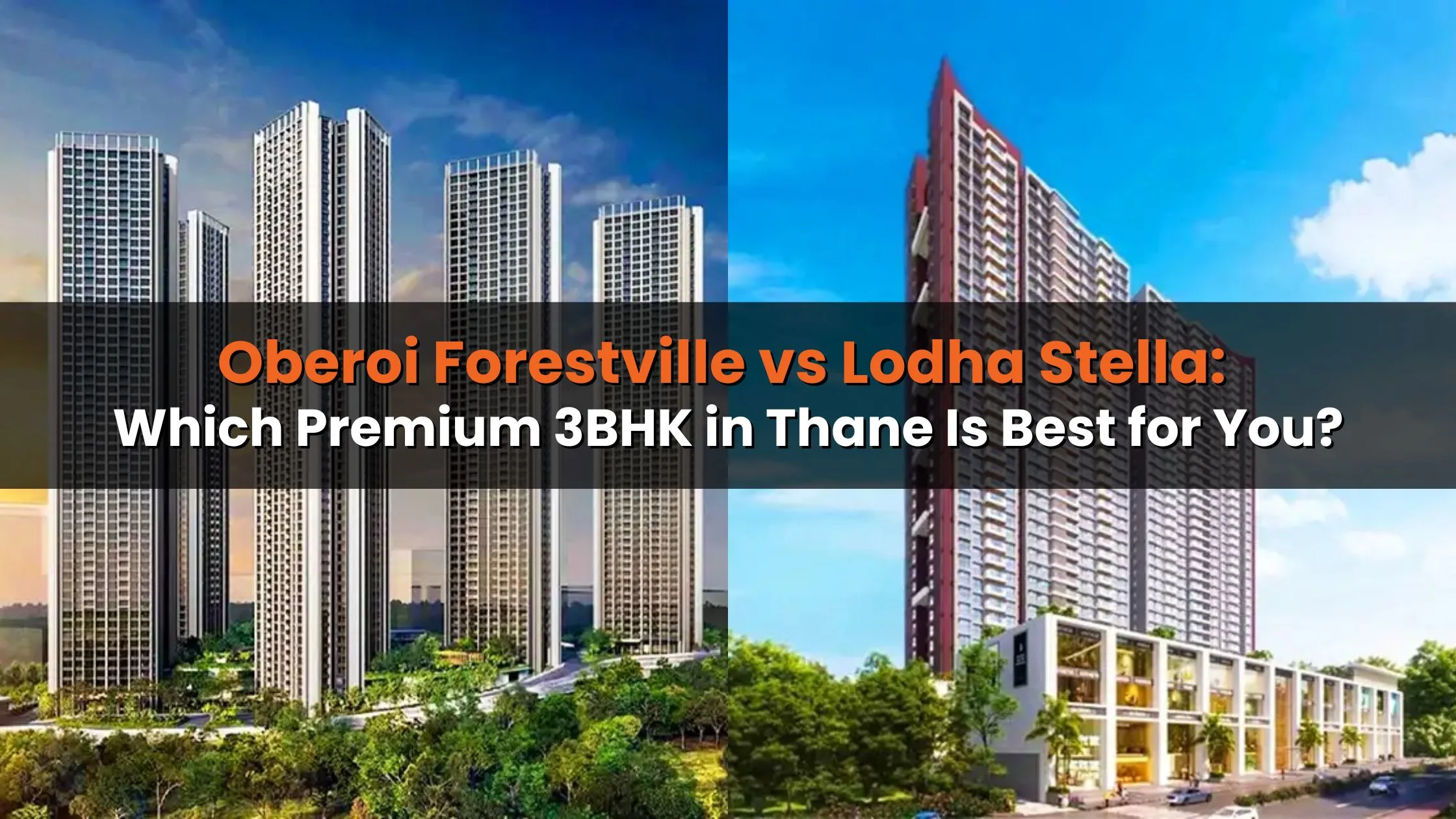
Ans 1. Developers are planning long-term. With land scarcity in Mumbai, redevelopment allows them to build in prime locations and maintain future inventory, even as short-term sales dip.
Ans 2. Greenfield projects are built on unused land, usually on the outskirts. Redevelopment involves rebuilding old housing societies in established city areas, which is now more practical in Mumbai.
Ans 3. Western suburbs like Goregaon, Andheri, and Malad, along with Chembur in the east and heritage societies in South Mumbai, are hotspots for new redevelopment activity.
Ans 4. Residents get new, modern homes with better amenities, often with more carpet area, along with rental compensation during construction and a significant boost in property value.
Ans 5. Buyers prefer these homes for their central locations and new-age amenities like parking, security, and recreational spaces that older buildings typically lack.
Ans 6. Most are RERA-approved and led by reputed developers, making them more transparent and secure. Still, buyers should verify all documents and the builder’s track record.
Ans 7. Typically, it takes around 3–4 years, depending on project size, approvals, and construction speed.
Ans 8. Yes. A majority of members must agree, after which a builder is selected. The society signs a redevelopment agreement, and construction begins after approvals.
Ans 9. It’s the total projected value (GDV) of new redevelopment deals announced by developers in Mumbai in the last six months, including residential and commercial components.
Ans 10. Yes, if you choose a reputed developer and a well-located, RERA-approved project. With incentives and stable prices, now can be a good entry point for long-term value.